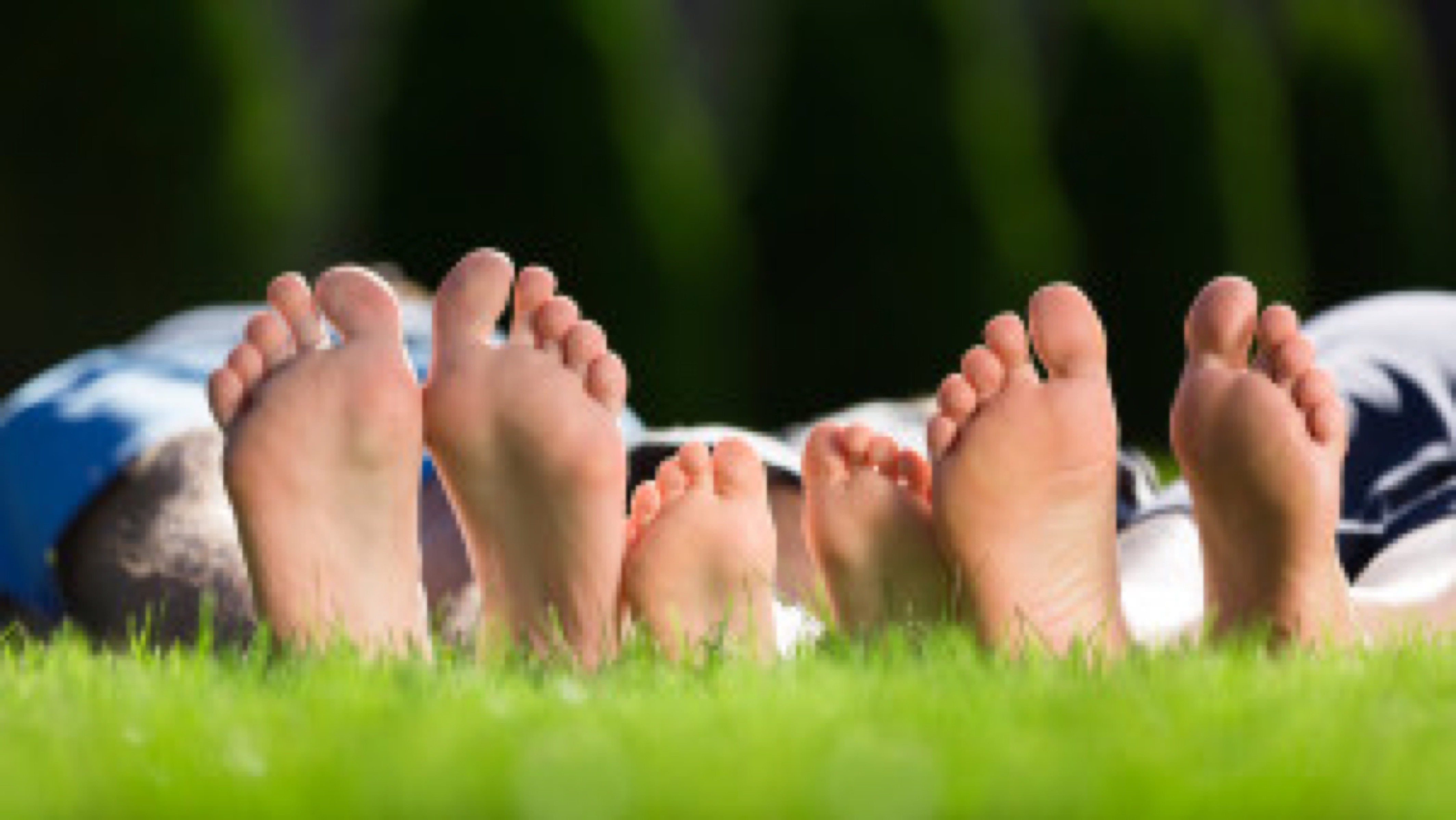Do You Suffer from Ingrown Toenails?
What are some of the reasons that can cause ingrown toenails?
- Are you a former ballet dancer with years of dancing on points?
- Do you have the habit of running around barefoot, stubbing your toes?
- Do you regularly drop objects on your feet?
Suddenly, when you are in your late thirties to forties, you could find you have the problem of ingrown toenails.
There are no early warning signs
Onychocryptosis is the medical term for ingrown toenails - and genetics also plays a role.
As you age, nails can thicken and that can be when the problem becomes apparent, especially if you happen to have curved nails.
The causes of ingrown toenails
- Trauma to the nail.
- Cutting toenails incorrectly.
- Tight shoes or hosiery.
- Abnormal shape of nail plate.
- Abnormal thickness of nail.
How to help avoid ingrown toenails, always remember...
- To cut toenails straight across and leave them slightly longer to prevent an ingrown toe nail.
- To avoid tight shoes.
- If discomfort occurs, try soaking the feet in slightly warm salt water for ten minutes each day.
Experts are divided in their opinion on both the cause and treatment of ingrown toenails. Some doctors maintain that it is not the nail that is the problem but the overgrown toe skin as some people have an unusually wide area of tissue medial and lateral to the nail and that, with weight bearing, causes this tissue to bulge up around the nail.
Nails should always be well looked after as they can be prone to other conditions such as nail fungus.
Conventional treatment
A surgical procedure is often recommended but not only does the surgical procedure increase the relative amount of soft tissue, making the problem more likely to recur, but sometimes the attempts to remove some nail matrix lead to faulty regrowth of the nail.
The procedure itself can be painful and tender plus you may very well end up with the supposed removed section of nail bed eventually growing a double nail on both sides – as well as rather odd-looking toes due to the too narrow nails.
Be aware that chiropodists know this surgical procedure is just a temporary solution but nevertheless continue to suggest it.
What about an alternative treatment?
If it is early in the course of the ingrown toenail, you can treat the nail yourself at home:
- Soak the foot in warm water four times a day. Do not add anything to the water.
- Wash the foot, including the affected area, twice a day with soap and water. Keep the foot clean and dry during the rest of the day.
- Do not wear high heels or tight-fitting shoes. Consider wearing sandals, if possible, until the condition clears up.
- Try to lift up the corner of the nail that is digging into the skin. Take a small piece of cotton or gauze and roll it between your fingers to form a small roll or wick. Then place the roll between the nail and the skin to keep it elevated. This is painful but it is the most important part of your home treatment. After every soaking, try to push the roll a little further in. Change the roll every day. It may take from seven to fifteen days for the nail to grow out so that it does not poke into the skin any longer.
- Take a mild pain reliever if it helps.
- Once the nail has started to grow out, keep the nail thin. The thicker the nail, the more it curves, cutting into the flesh of the toe.
- File the nail of the problem toe down every month or two or visit a podiatrist that does this with a handy little electric mini-sander.
If left untreated, an ingrown toenail can progress to an infection or even an abscess that requires surgical treatment.

Sources
Athletes foot. (2017)
https://www.scpod.org/foot-health/common-foot-problems/athletes-foot/. (Accessed, 2 October 2021).
Common foot problems. (2013, November 1)
https://my.clevelandclinic.org/health/articles/common-foot-problems. (Accessed, 2 October 2021).
Feet facts. (2017)
https://www.scpod.org/contact-us/press/press-releases/feet-facts/. (Accessed, 2 October 2021).
Haddad, S. L. (2016, February). Bunions
http://orthoinfo.aaos.org/topic.cfm?topic=a00155. (Accessed, 2 October 2021).





